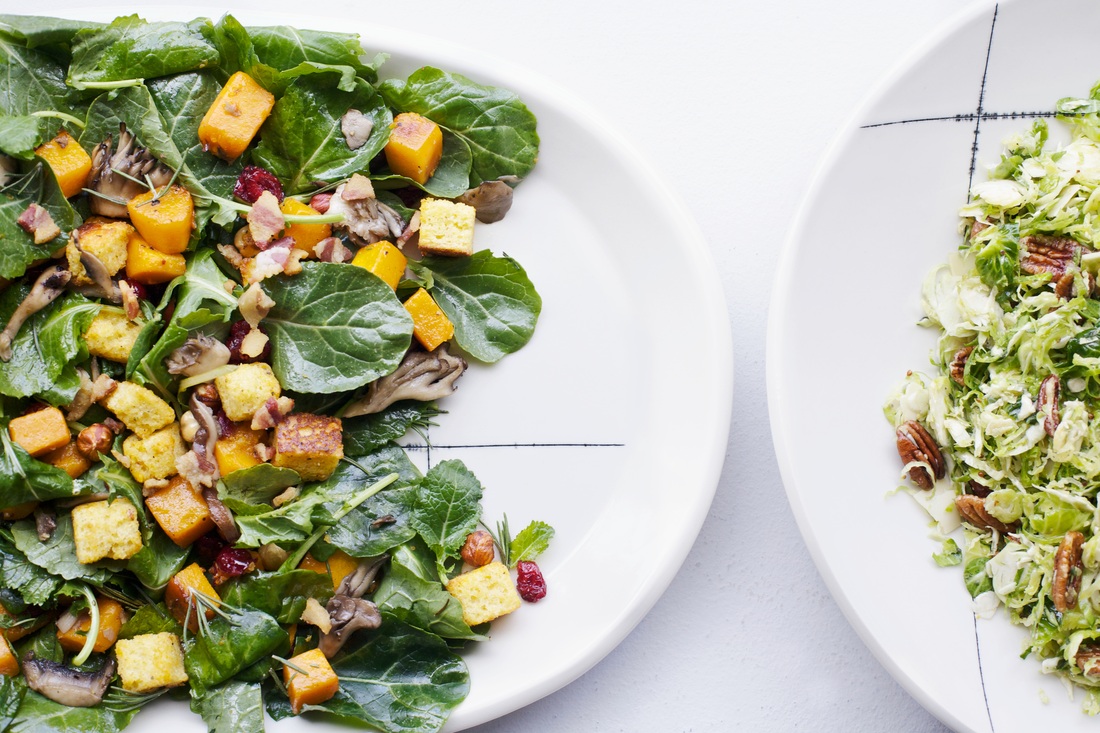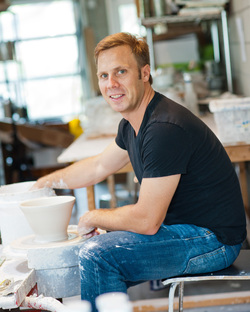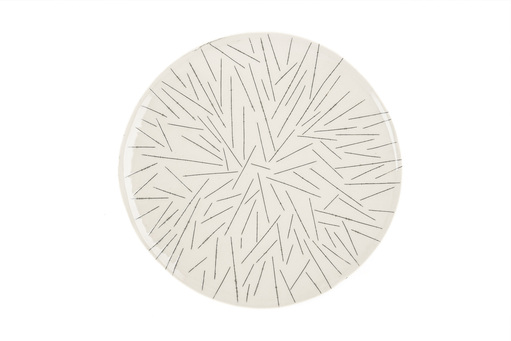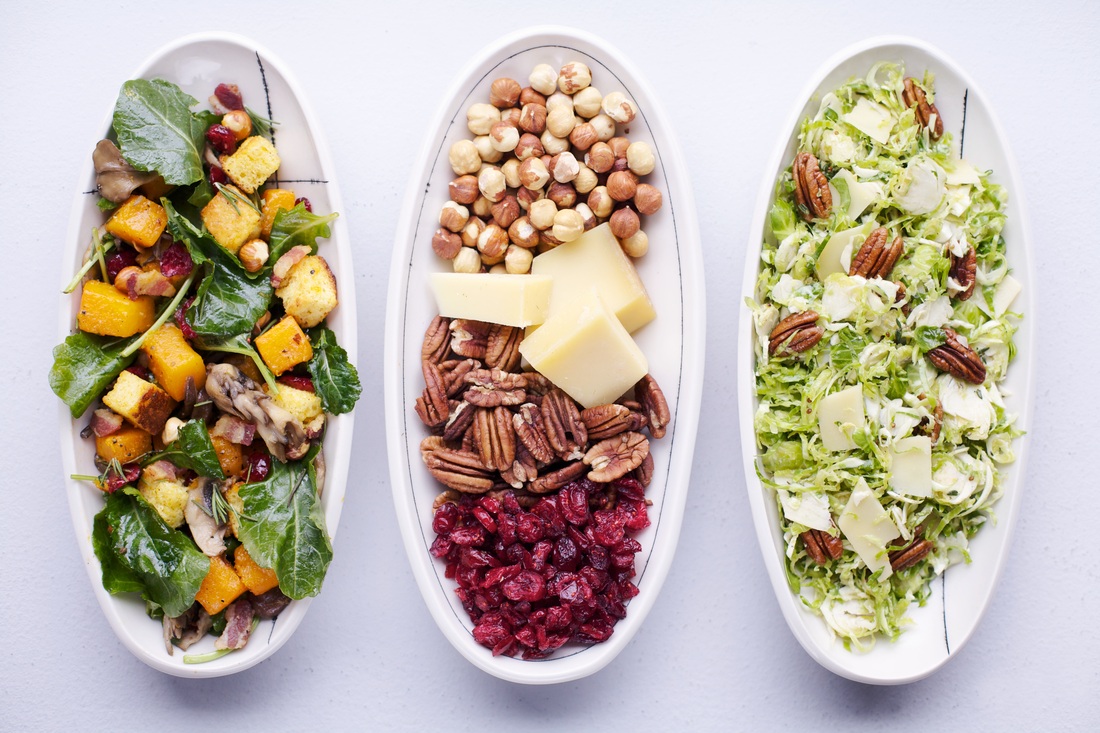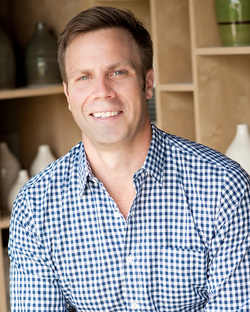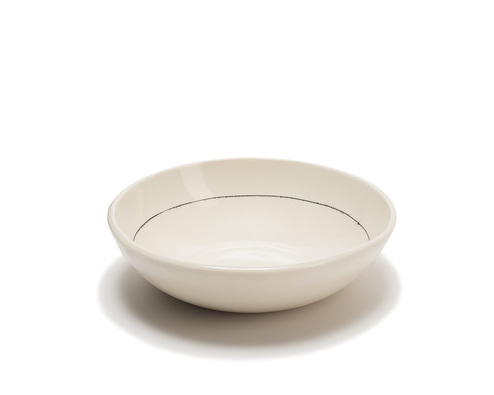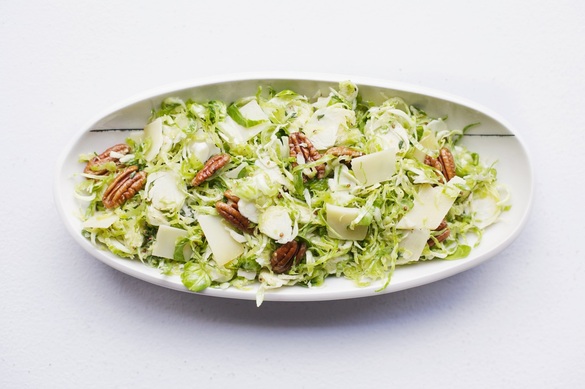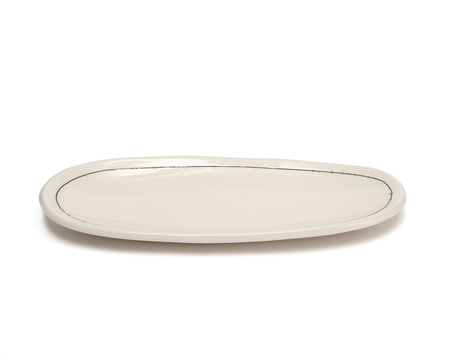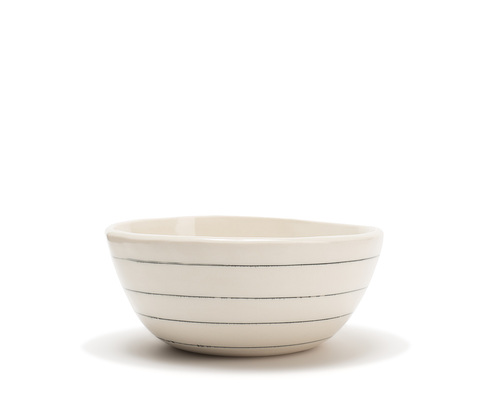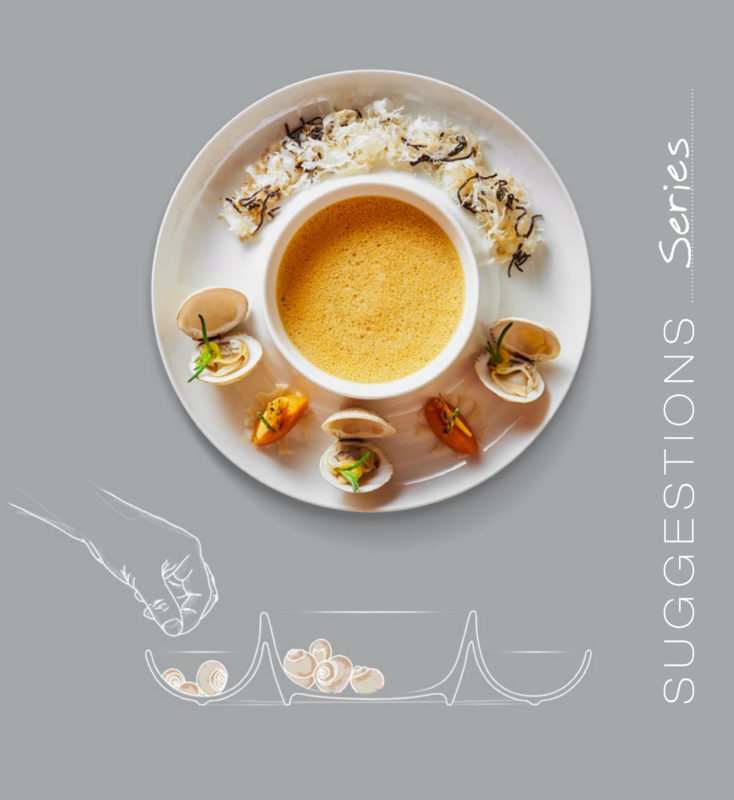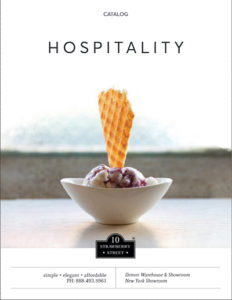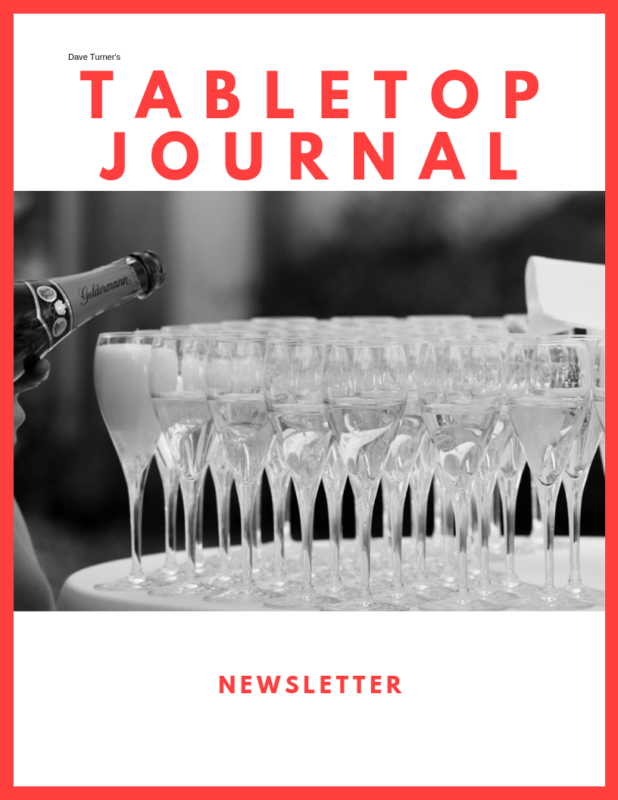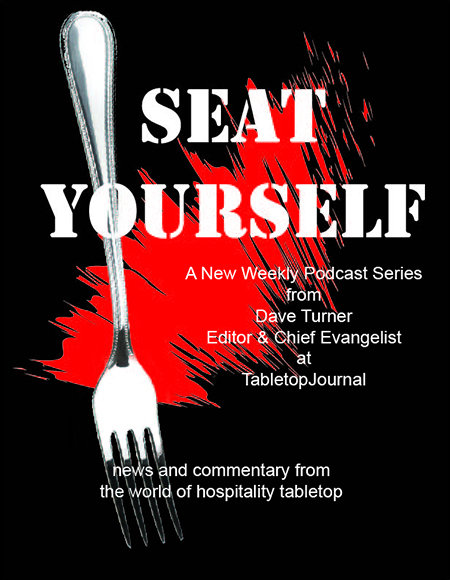There was a time when New York City and Hollywood were the epicenters of the art community. Writers, painters, actors, musicians, and sculptors alike flocked to Brooklyn and Hollywood for a chance to get their big break. Recently, however, cities such as Seattle, Chicago, and Philadelphia have thrown their names into the creative gauntlet providing a plethora of music, art, and food to back it up.
So it comes as no surprise that a state such as Texas be next on the list to toss their hat into the mix. As cultural and creative melting pot for the state, Austin, Texas also serves as the state capital. With an influx of creative minded people migrating south towards Austin to develop their craft it only makes sense that Austin’s food pallet also see resurgence.
Enter Austin, Texas’ Keith Kreeger.
Once an aspiring political lawyer, Kreeger ditched the paper work and suits for a kiln roughly 25 years ago. Since then, Keith and his ceramic talents have been the focus of many accolades, including a finalist’s spot in Martha Stewart’s American Made Contest for Crafts. We recently had a chance to speak with Keith and ask him about the process behind creating ceramics.
Q: Before ceramics, were you involved in other creative areas? What kick started your dive into the world of ceramics, and eventually, the tabletop industry?
A: The summer after my freshman year in college I had an internship on Capitol Hill and was working in my Congresswoman’s office. I loved every bit of that summer and worked on a variety of issues, wrote letters to constituents and thought I was on my way to law school. The very next summer I decided to stay at Skidmore College during the summer and took a pottery class. About two-weeks into the class I was spending 12 hours a day in the studio and fell in love with the process. I swiftly traded suits for clay-covered jeans as my work outfit. We had a beautiful studio at Skidmore with a great community. I’ve been making objects ever since. I cannot picture a life now that doesn’t include making objects.
Q: Tell us about a few of the restaurants and hotels where your works are currently used? What collections can we expect to find?
A: I have been lucky enough to find a great market for my work within the hospitality industry and my clients are all creative and inspiring people to work with. My work is used in Paul Qui’s flagship restaurant, Qui, here in Austin. Incredible food is also being served on my wares at Jenn Louis’ Lincoln Restaurant in Portland Oregon, Westbridge Restaurant in Cambridge, Massachusetts, Gardner here in Austin, Coquette in New Orleans, Uchi in Austin, Houston and their soon to be opened restaurant in Dallas and many more. Most of the work heading out to the world is a variation of our Hudson Collection, which has a beautiful undulating rim with a hard black line. That combination is favored by chefs because of the way it helps frame the food. That’s just a small sampling of places and it’s a growing list that I’m very proud of.
Q: Where do you draw your inspiration? When you start a new piece or collection for a client, how do you continue to find ways to make it your own while still catering to the client’s requests?
A: I’m lucky that the clients we have been working with have chosen to work with us because they are drawn to my aesthetic. They also tend to respect the creative process and trust me to get them the best work for their space. Communication and respect has always led the way to a great collaboration with any client. We will constantly tweak details to make sure the final work is right for their space and their cooking. The process is pretty simple and we’re a small enough operation that we are also very nimble. The basic options are to choose one of our standard lines, play within one of those lines and find the color, size and shape to work for a particular space or to create something totally custom. We created an entire custom geometric collection for the Tasting Room at Qui. We made custom water carafes for Gardner that elevate a seemingly simple part of dining to another level and help define the space because they are one of the only objects that sit on a beautiful counter in the dining room. I’m also really excited about the Uchi Dallas because in addition to plates we were commissioned by the architect to design and make porcelain shades for their lighting and it will be a huge part of the dining room. It’s going to be fun to be part of that space because savvy diners will make the connection that the plates and what’s hovering above them are meant to play against one another. We’re always testing new glazes and developing new forms because that’s always been a driving force in the studio. Again, I’m lucky that we have a huge vocabulary of work (over 20 years) to use as a starting point in any conversation with a new client.
Q: Can you describe the creative process behind your work?
A: I think like a lot makers (and chefs), my creativity is driven from the process of making. Every idea and result leads to another idea. There are always ideas in my head (and notebooks) of new pieces to try and new ideas to work with. It is always a given that towards the end of a work cycle or when we’re busiest in the studio that I’ll try something new. It has always been that way. When our backs are against the wall and we’re hustling to meet a deadline I find at least one or two new pieces sneak into the process that lead to next studio session.
Q: You create pieces for chefs and hospitality businesses but you also do work for retail. What’s the difference?
A: Honestly, there’s not a huge separation between the different parts of the business. I head to NY Now twice a year with our wholesale collection. The wholesale line is basically a scaled down version of what we do in the studio. It’s sort of all of our signature items in both tabletop and decor. I also create a limited edition design each season and that’s one way to keep the creative juices flowing. Next week, I’ll be debuting an incredibly graphic serving platter collection. Just like with my hospitality clients I’m fortunate to work with some incredible retail shops around the country including Bergdorf Goodman, Table Art in Los Angeles and Star Provisions in Atlanta. I also sell retail directly from my studio with a few open houses throughout the year and we sell a limited, but growing, collection on our website.
Q: The going trend for ceramicists and tabletop ware seems to be white, with some accent marks or minor imperfections to set it apart. How do you feel about this? How do you feel about implementing more colors and textures into your work? Would you like to see things change?
A: I think one of the huge advantages I have is that I have been a student of ceramics for over 25 years. In that time, I have seen trends come and go and understand the historical references within that conversation. Actually, I’m reaching the age that I see trends coming back but that’s a whole other story. I know where my work fits within the broader ceramics history and am honored to be part of that world. Most of the time I’m referencing objects we’re all familiar with and just putting my own voice into those wares. Again, I want to elevate the daily rituals of eating with the objects I make. I never hide the fact that my work is handmade.
I think obviously the biggest trend is for chefs to find a local potter to make some plates. Like many trends in the food world when something becomes popular the danger is that lower quality versions of that idea can find their way into the mainstream. Just because something is handmade doesn’t give it an intrinsic value. As for some of the work that I see enter the hospitality world unfortunately, not all of them should because sometimes what looks cool, or individual or “handmade” doesn’t mean that it’s made with the quality needed for daily use. Sometimes, it’s a clay body that just isn’t sturdy enough and other times it’s a glaze that’s too soft and cutlery will mark up in its first use. I’m confident that my work will stand the test of time both for design as well as use.
I’m always testing colors in the studio and always playing with new ideas as I mentioned because it’s part of my creative process. I never really know when these ideas will work their way into a collection but the information is there when I’m ready.
Q: If you had to pick a collection you did for a restaurant, which would you say is the one you’re most proud of?
A: That’s a tough question. It’s always humbling to think about the number of people dining on my wares at a given moment so they’re all important. I’m always proud of when the studio meets the challenge and gets the work out the door. A lot of the time it seems like it couldn’t possibly happen and there will be setbacks but it’s all part of the process. I think that’s why I love working with chefs…a lot of what we do is related because it’s about process and making things the right way. I’m always excited about the last project and the next project. One piece that I’m proud of is a piece we made for Paul Qui in his tasting room. He texted me a picture of an egg and asked if we could make a ceramic version. We made a mold of an actual egg and cast it really, really thin. That one little piece which is one course in a 24 course, tasting menu has become one of the most excited parts of that meal because people aren’t ready to interact with our material in that form. But, there’s another project in the works and I’m really excited about where that one is leading our studio too.
Q: Can you describe the ceramic scene in Texas and your part of the South in general? From the outside looking in Texas food culture seems to revolve around large portions and food that comes right off the grill. One would assume there wouldn’t be a lot of room for aspiring ceramicists. Would you agree?
A: While people do think of BBQ and Tex-Mex when they think of Texas, it’s not really the case. Last year 3 chefs from Texas won a Food and Wine Magazine Best New Chef Award. There have been 3 James Beard Award winners from TX in the last 4 years. My clients in Texas are all doing amazing things with food and it’s driving the conversation across the country. The economy is booming all over all over Texas and because of that there is a ton of room for Artists to grow. I’m on the board of Big Medium, a non-profit in Austin that connects artists to the broader community. Restaurants keep opening and the creativity, at least here in Austin continues to inspire people across communities. I couldn’t be more excited to be making work in Austin and letting the world know what’s happening here.
Q: What advice would you give to young ceramicists and artists in general that are looking to break into the hospitality tabletop industry, especially in the south?
A: My biggest advice is to focus on your craft. The details matter. Be confident in your product before you try and bring it into the world. The road from beginner student to market is definitely faster today and it’s something to aware of as a maker. That said, don’t be afraid…I was listening to Grace Bonney’s podcast, After the Jump, the other day and she said that fear kills too many creative ideas and I totally agree with that sentiment. The consequences of failing with an idea aren’t all that great. Nobody will know but you.
Q: What role do you feel your products play in the dining experience for the guests of the restaurants and hotels who use your products?
A: My work is likely the most intimate interaction a restaurant client will have within the space. It’s the only object that a diner will touch, will hold, will pass across the table and my work is the object connecting the food with the diner. I want my work to elevate that experience for the diner but it also elevates the experience for everyone else in the restaurant. The chefs and cooks are excited to have something other than industrially made white china, the servers know that the plate is an integral part of the experience and treat it as such. My work can really help connect the entire space around the ritual of dining because it’s a simple but important part of the larger experience.
Q: From Apartment Therapy to Martha Stewart, it seems as though you are far from lacking when it comes to recognition for your work. What’s the next level for you? Both in hospitality tabletop products and personal work, where do you take your creativity next?
A: I’m very fortunate that my work has been noticed and used by some really wonderful people and that’s really exciting. I’m not sure what the next level is so personally, my goal for 2015 is to put my head down and keep working. I have a new kiln coming that’s going to up our production capacity. I have a couple techniques that I’m excited to experiment with. I’m really excited about the challenges ahead because I know they’ll lead me to the next level. My motto in the studio has always been, “Solve one problem, create the next one.” It’s a way to keep growing and problem solve within the creative process. That motto forces me to challenge myself to add another layer to the work. I have a couple of great projects in the pipeline and I’m eager to create those stories.
Q: You’re going to be at the NY Now convention on February 1st, what can spectators that stop by your booth expect?
A: NY Now is a fantastic show and the only wholesale exhibition that I do. I’m really streamlining the booth this year and am trying to edit down the work to the essence of what’s happening in the studio right now. We have a really beautiful matte black glaze that I’m excited about. I had some wonderful feedback during my holiday sale about it and a few of my restaurant clients have already picked it up for their spaces. I’m excited to offer it as part of the wholesale collection.
Q: What’s the best meal you’ve ever eaten from of one of your works?
A: Another great question…I’m going to answer twice.
Breakfast with my family every morning (although it’s on seconds…or even thirds). It’s a simple and basic ritual but the familiarity of that work is a constant.
As for dining out I’d have to say the very first night at Qui. Working with Paul was definitely the largest scale of tabletop work I had done for a restaurant. I had done accents, decor and limited runs for restaurants before but Qui was the first time that I basically outfitted an entire space. The food and experience was amazing but sitting down with my wife at dinner and being surrounded by people picking up the plates, and discussing them with their fellow diners was a bit surreal. I know that my work is on tables across the country but seeing the impact that my work was having on that experience was the most amazing and humbling experiences I’ve had.
There’s an obvious passion in the way Keith responds to the questions. It’s what keeps him relevant, every answer a stream of consciousness birthed monologue. What’s interesting about Kreeger is not just his work, but also his ability to back it up by placing his creative process within historical context and being able to identify what does and doesn’t work with current trends.
With that in mind, we’re just as confident he is, that his work will stand the test of time.
-Hamid Ali

